If you’re one of The Prepared’s many new readers whom COVID-19 has woken up to the importance of preparing for the worst, welcome.
You may have already started on the project of building a go-bag emergency kit. Maybe you’ve even pulled the trigger on a pack and filled it with preps. However far along you are in building your kit, you’re not actually prepared until you’ve tested your gear.
I relearned this newbie lesson the weekend before last. My oldest daughter and I went on a little camping trip without leaving our property. We live on 17 acres of land, and about half of it is wooded, so we headed out into the wooded part and set up camp on a Saturday afternoon.
I brought my go-bag, an overstuffed Goruck GR2 40L, and she brought hers, a (discontinued) Goruck Echo. We thought we’d do a little field testing of our packs and loadouts for the first time. We didn’t do the full living-out-of-the-pack thing. Instead, we brought along a tent and some other supplies that we wouldn’t be able to take in an on-foot bug-out. But that’s ok. The goal was to just get a little practice and to learn some things, not to simulate a bug-out.
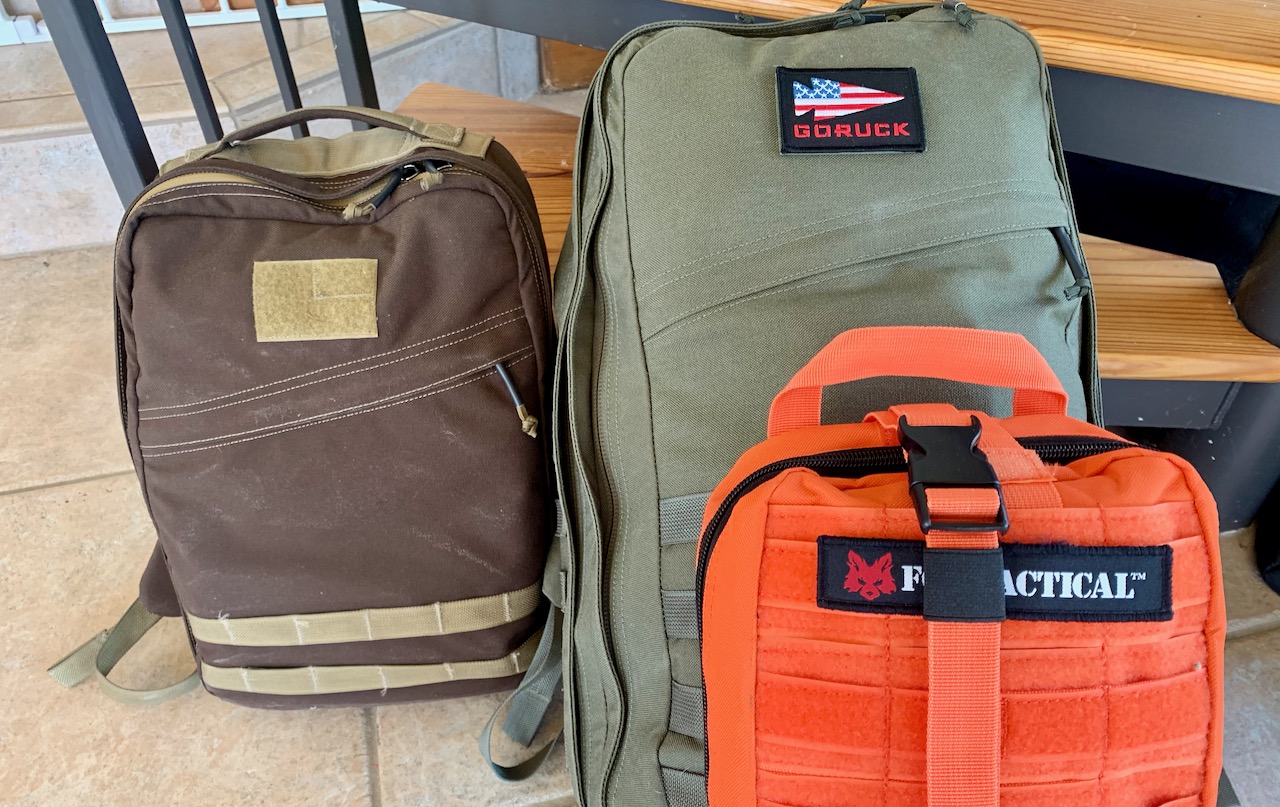
I’ll share some of what I learned with you from that one night outdoors with my pack, not because these lessons are directly relevant to your own preps, but so you can see how valuable this exercise can be.
Note: I bought all the gear in this review with my own personal money — the packs, the multi-tool, the axe, etc. There is some review gear in the packs that I didn’t buy, some of which was bought by The Prepared for me to review, and a few items that were sent my manufacturers. But all the stuff actually covered in this article is from my personal supplies.
The gear:
- Goruck GR2 (USA) 40L
- Goruck Echo — discontinued
- Williams Blade Design Bearded Axe (made by Winkler Knives) — discontinued
- Leatherman Free K4
- Therm-a-Rest Neoventure Sleeping Pad
- Nemo Fillo Pillow
Why you should test your loadout
Before I get into my lessons learned, I want to take a moment to make the case for testing your complete go-bag loadout. Brand-new preppers, this is for you.
Here are some reasons to test your kit:
- Don’t wait until an emergency to understand how things work.
- Find out what’s going to break.
- Find out what’s not working so you can improve it.
- Learn what’s really working well so that you don’t unwittingly change the wrong things if you end up tweaking your kit.
- Customize our standard recommendations so they work for your specific needs.
That last reason is easy to overlook. Our entire staff spends a ton of effort making our lists as comprehensive as possible. That may give the impression that you won’t need anything other than what we’ve recommended. But there’s a crucial caveat for using our lists. Our lists will get all people most of the way there, and most people all the way there; but they can’t get all people all the way there.
So test your gear, if for no other reason than to learn which of our recommendations will need some fine tuning in your case.
Pack a pillow
I can’t sleep without a pillow—I just can’t. Even before this, I knew it, but I neglected to put my inflatable camping pillow in my bag. And I neglected to do that because “pillow” isn’t one of the items on our standard list. I just didn’t think of it. Unfortunately, none of the other pillow-like candidates I had in my bag (clothing and a tarp) would work well enough for me to get to sleep.
I managed to improvise a workable solution to this problem by rolling up my spare clothing and stuffing it under my inflatable sleeping pad near my head, so that the pad bulged up and worked sort of like a pillow. That way, I made it through the night, but it wasn’t great.
I certainly wouldn’t want to do anything to hurt my chances of getting a good night’s rest in a high-stress bug-out situation. So in my particular case, the pillow is worth a few extra ounces. Anything that helps me get more rest so I can think more clearly and reduce my stress levels.
Lesson learned: I really do need a pillow under my head if I’m going to function the next day, so I have to stash the inflatable camping pillow in the go-bag and leave it there.
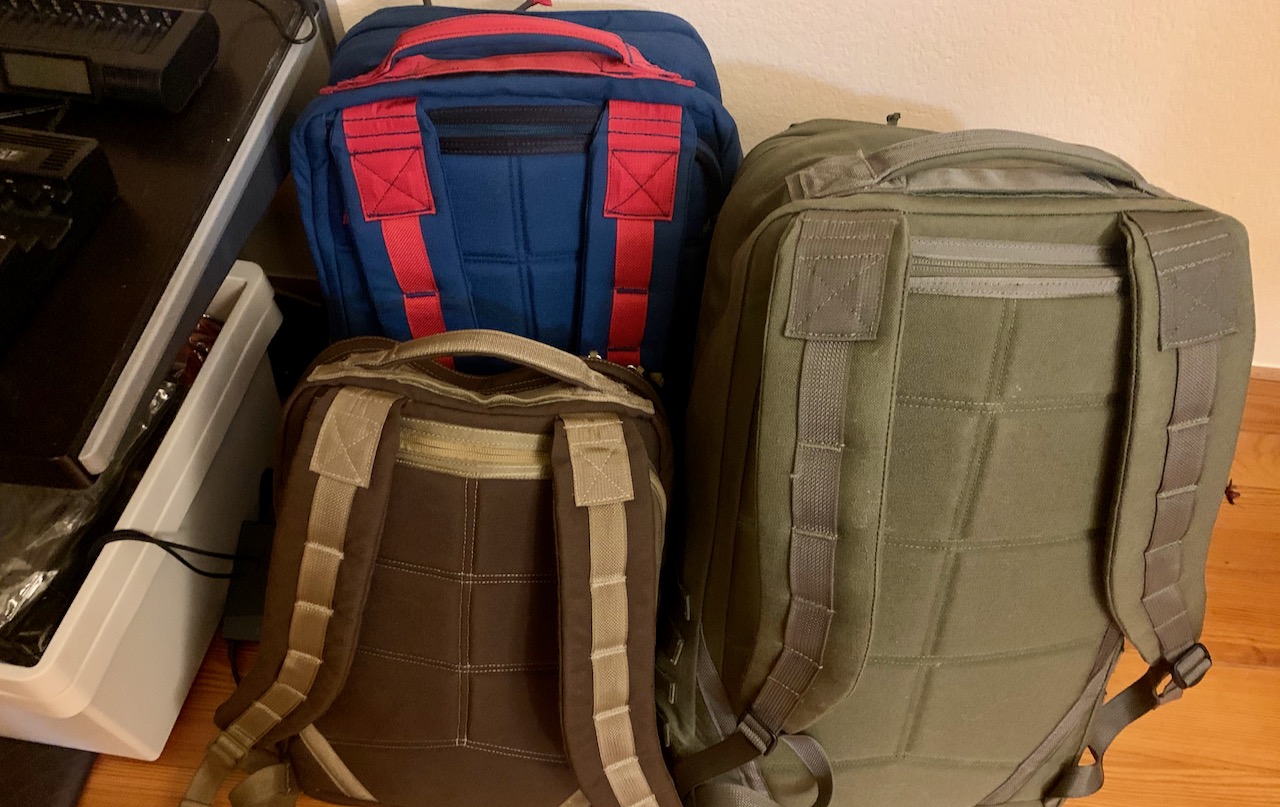
Bag design matters a lot
I standardized my family on the Goruck bags for a few reasons:
- If all five of our packs look roughly similar and we lose one, we can easily describe it to anyone else. We’ll just point at one of the other bags we have and saying, “it looks just like this, but with these other colors.”
- We can spot each other from far away with these distinctive and relatively rare packs.
- The Goruck reputation for quality is still holding strong (even if the community’s impression of their warranty and customer service has slipped).
- The packs unzip fully and lay out flat, so no rooting around in it required.
This last item—the flat layout—really shined on this short trip. In the dead of night when I needed to get something from the pack, it was simple to unzip it and go right to the item. No matter how deeply buried it was, I didn’t have to remove anything else from the bag.
Because I didn’t have to remove even one other item from the pack to get at anything I need, I also didn’t have to set my gear on the bare ground and either get it dirty or risk forgetting about it and losing it there.
My daughter’s instinct, trained on normal school backpacks, was to unzip only the top of the Echo and dig down in it for stuff. But by the end of our little overnight I had coached her out of that habit and had her using the pack properly. It made such a massive difference in overall campsite orderliness and sanity that I’d say the bags were worth it.
Lesson learned: As spendy as the Gorucks are, I was ridiculously pleased with the experience of using them in the field. I’m glad I took our pack review’s recommendation and stayed away from the top-loaders.
A hatchet plus multi-tool is a powerful combo
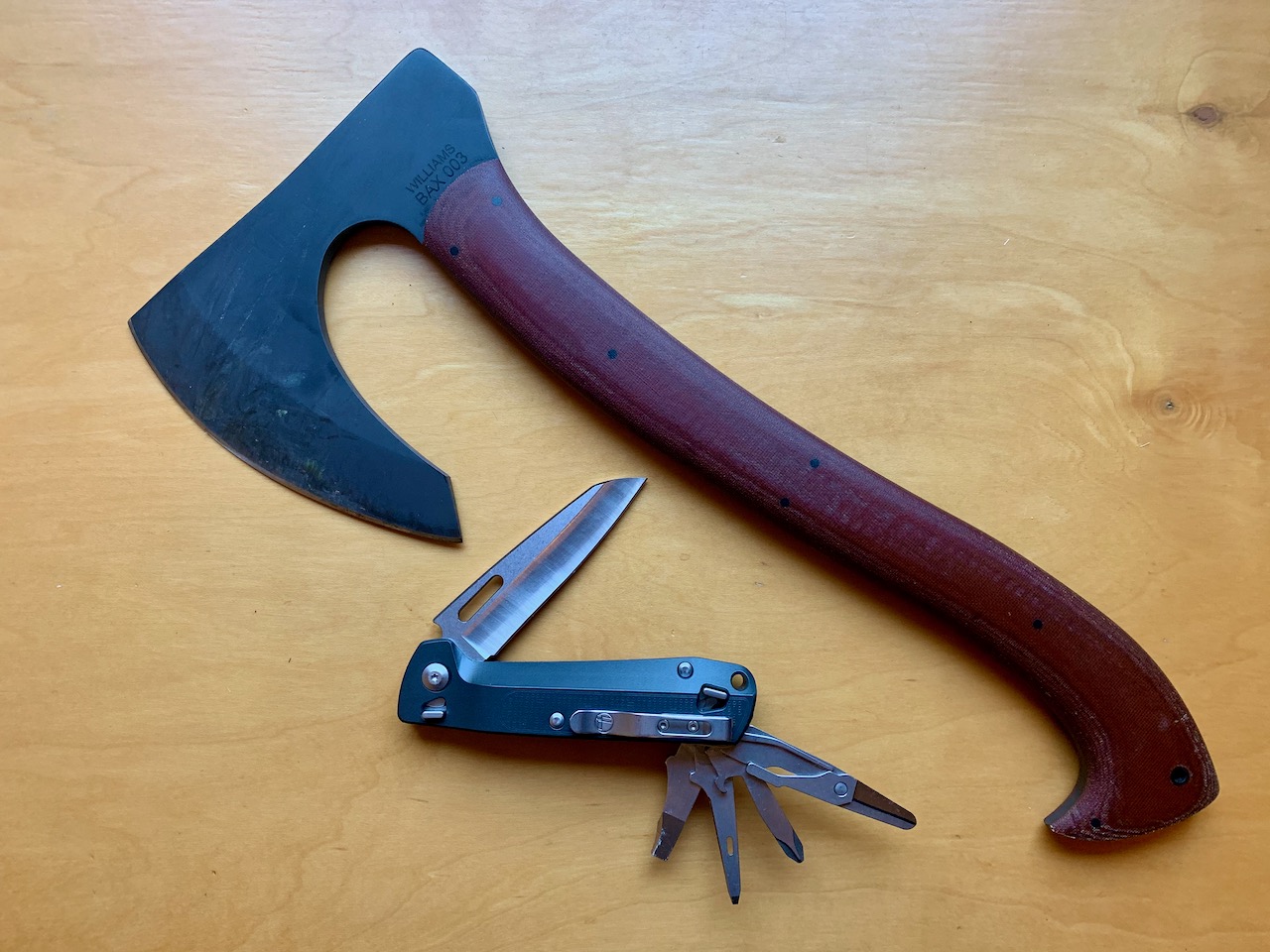
I’m a big knife guy, in both senses of the phrase. I’m big into knives, and I like big knives. But on this little outing I decided to try out something I had been thinking about for a while, namely leaving the fixed-blade in my pack and carrying only a Winkler tactical hatchet and a Leatherman Free K4 on my person.
This combo ended up working so well for me that I’m annoyed that I hadn’t tried it sooner.
I used the hatchet for “big knife” chores like chopping, rough carving, and shaping wood. The Leatherman I used for light cutting, food processing, fine carving, and whittling. These two tools went together like peanut butter and jelly. I didn’t once feel the need for a bigger knife (though there was a point at which I was kind of wishing my Leatherman had a saw blade).
I still would not recommend skipping the fixed blade, but I’m definitely going to do more of this hatchet + multi-tool combo in my future outdoors trips, just to see how it works out.
Lesson learned: This hatchet/multi-tool combo seems to work for me in my particular area, so I won’t be as shy about trying it on a higher-stakes outing like a hunt or a serious camping trip in the bush.
Every little bit helps
You don’t have to do a full-blown practice bug-out, or anything even close to it, to get in some quality time with your kit and figure out what’s working and what isn’t. Even a little backyard tent camping can teach you a ton about your loadout.
I actually learned a lot more that I haven’t put into this post. (I’m saving that material for the reviews of specific pieces of gear that I got to test during this outing.) But overall, I felt something like, “Wow, this stuff all works together pretty well! I could actually get by with this pack if I had to.”
The exercise left me with a positive feeling about my kit and lowered my overall stress level a bit. From a mental health perspective, there’s a lot to be said for knowing that your bag really is ready for everything. It’ll carry you through anything from an unexpected night in a hotel all the way down to a few days in the woods. And in this crazy time especially, we all need every little bit of mental security we can get.

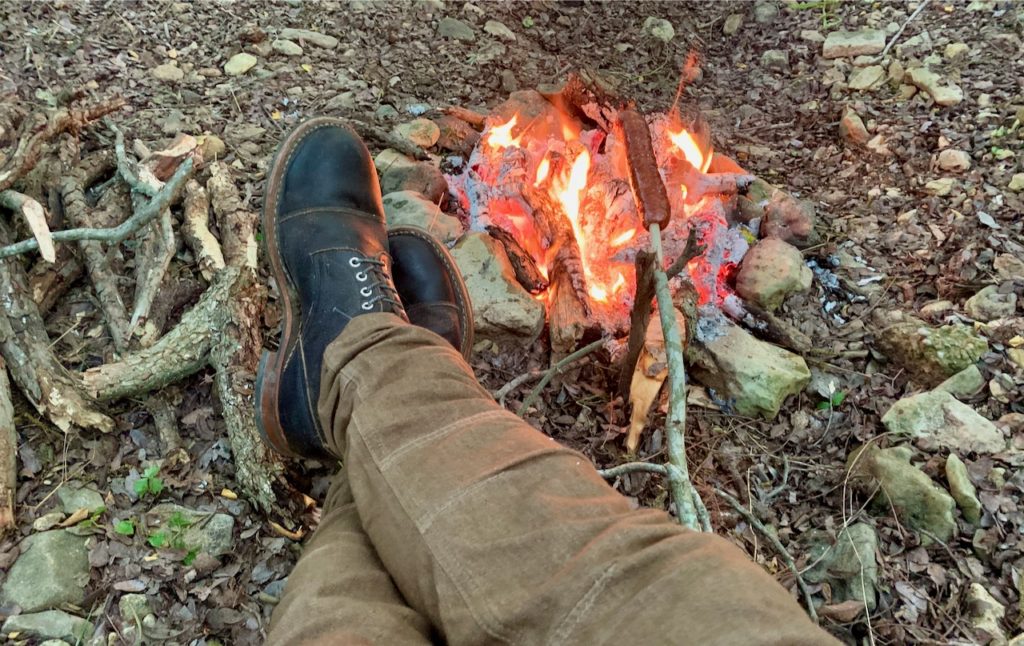
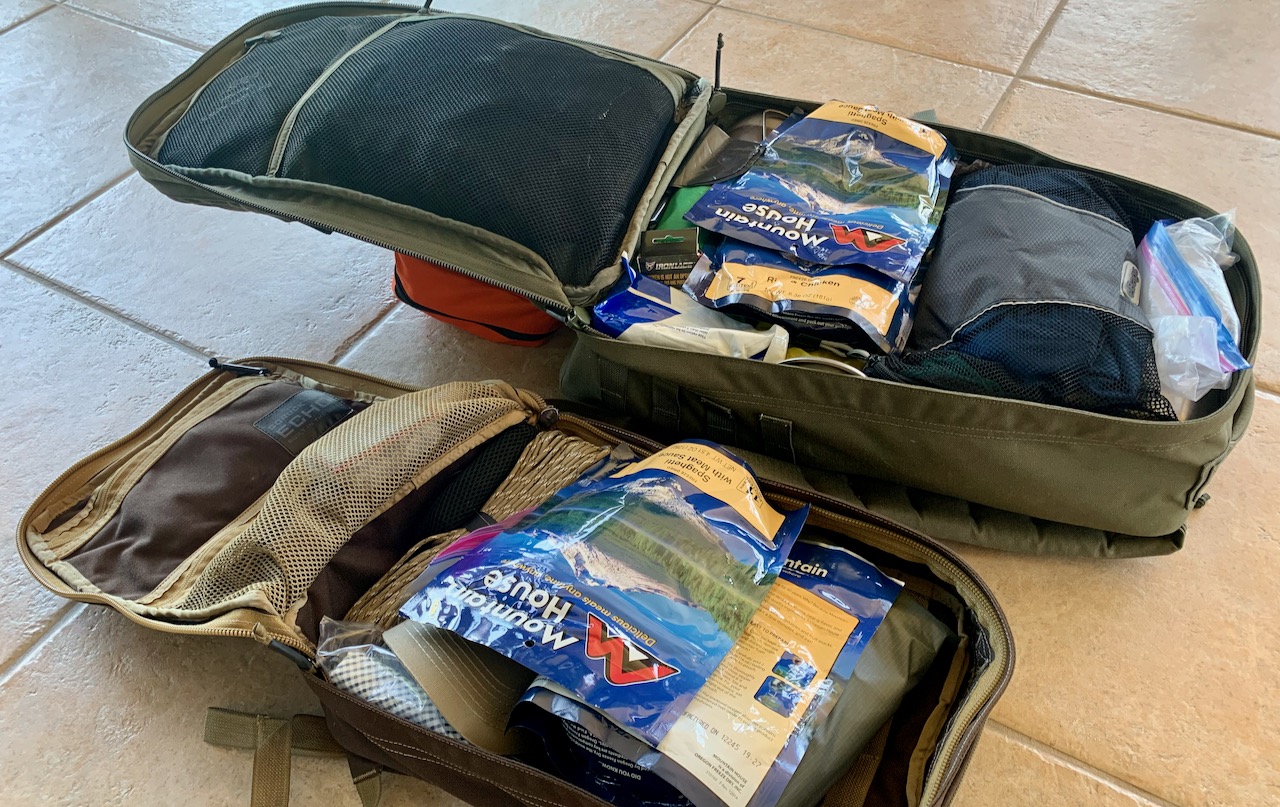
You are reporting the comment """ by on